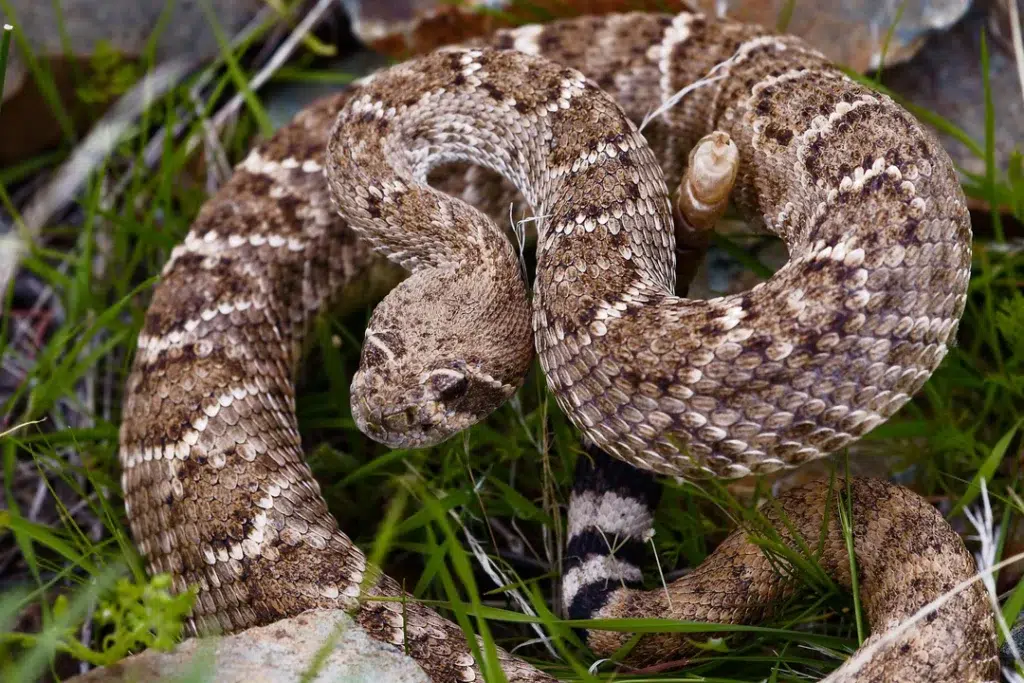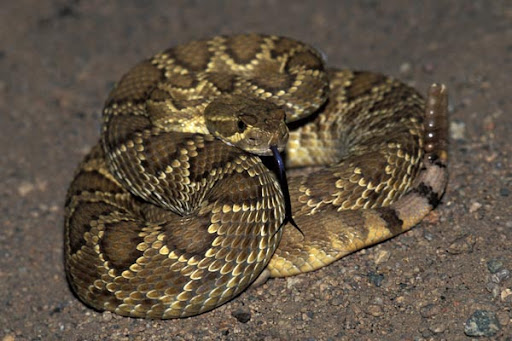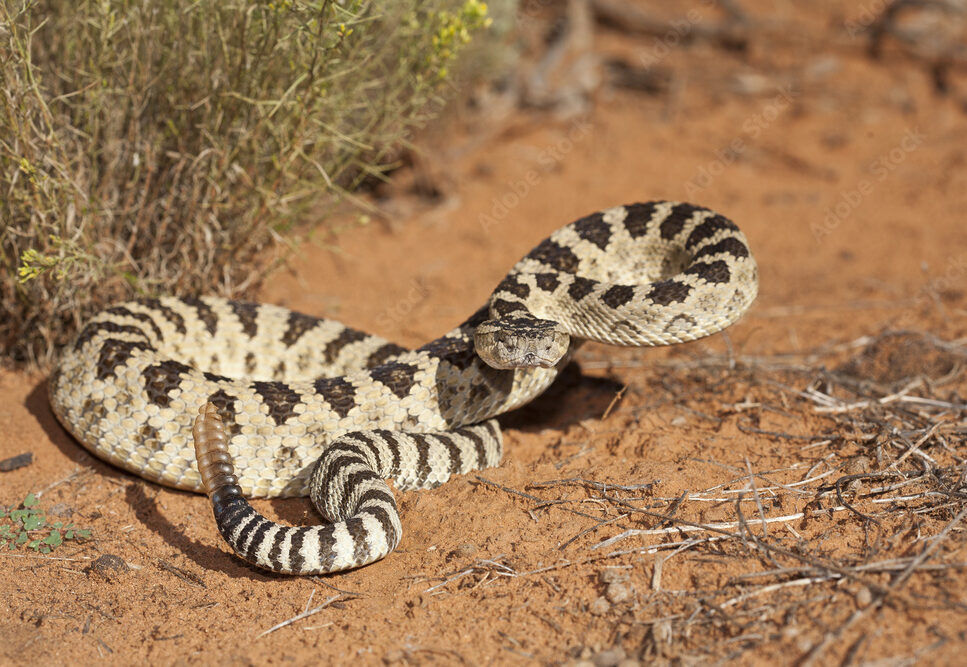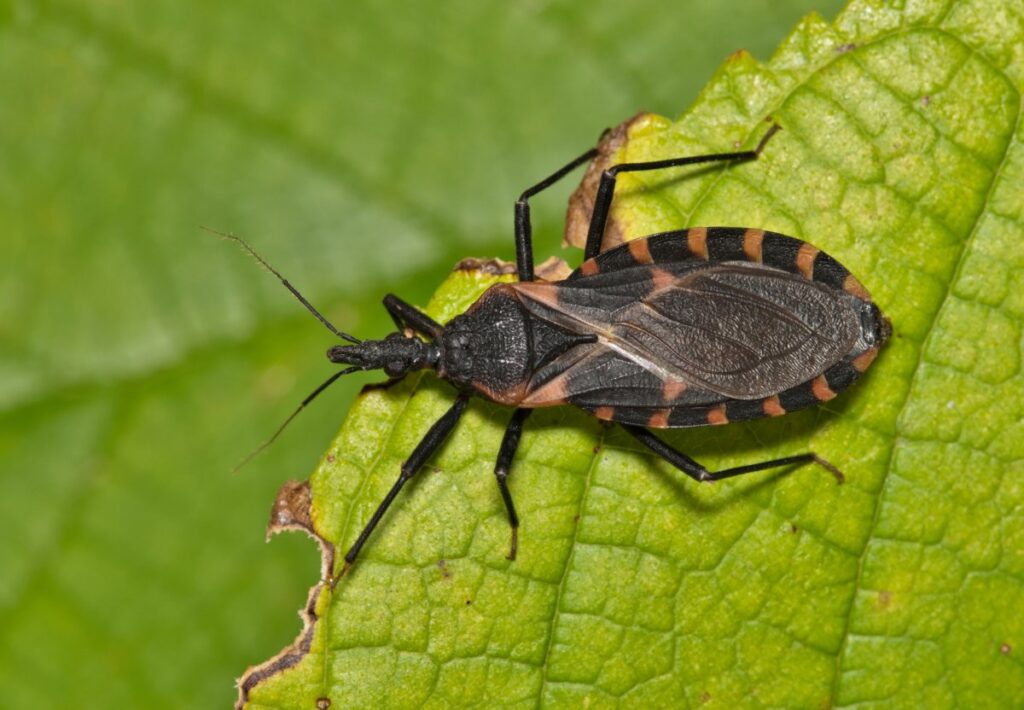Nevada’s wild beauty and diverse habitats make it home to some of the most fascinating—and dangerous—animals in the United States. From venomous reptiles to toxic insects, these creatures play an important role in the ecosystem, but it’s wise to know which ones to watch out for. Whether you’re hiking the desert, exploring valleys, or simply enjoying the outdoors, understanding which animals pose a risk can help you stay safe.
The 10 Most Dangerous Animals in Nevada
Discover which dangerous species call Nevada home, where to find them, and why you need to be cautious around them.
| Rank | Animal | Main Danger | Habitat |
|---|---|---|---|
| 1 | Western Diamond-backed Rattlesnake | Venomous bite | Deserts, grassy plains, rocky hillsides |
| 2 | Mojave Rattlesnake | Highly toxic venom | Mojave Desert |
| 3 | Bark Scorpion | Painful, venomous sting | Southern Nevada, under rocks, inside homes |
| 4 | Gila Monster | Venomous bite | South and central deserts |
| 5 | Great Basin Rattlesnake | Venomous bite | Great Basin Desert, alfalfa fields |
| 6 | Sidewinder | Venomous bite | Mojave Desert, sandy areas |
| 7 | Black Widow Spider | Neurotoxic venom | Dark corners, sheds, woodpiles |
| 8 | Brown Recluse Spider | Necrotic venom | Basements, storage areas |
| 9 | Kissing Bug | Transmits Chagas disease | Near human homes, cracks, crevices |
| 10 | Mosquito | Transmits West Nile, other viruses | Stagnant water, wetlands |
Details About Nevada’s Most Dangerous Animals
Western Diamond-back Rattlesnake
- One of the largest and most aggressive rattlesnakes in Nevada.
- Can deliver a large amount of venom in one bite, potentially fatal if untreated.
- Found in deserts, plains, and can be encountered at night on rural roads.
- Listen for its warning rattle and slowly back away if you hear it. Untreated bites have a mortality rate of 10–20%—seek medical help immediately.
Mojave Rattlesnake
- Considered the most venomous snake in Nevada deserts, with a 30–40% fatality rate in untreated cases.
- Its venom attacks the nervous system, so prompt medical attention is critical after a bite.
- Mostly found in the Mojave Desert’s sandy, open areas.
Bark Scorpion
- The most venomous scorpion in North America, commonly found in groups under rocks or within homes in Southern Nevada.
- Stings are extremely painful and can cause serious complications for the elderly and young children, though rarely fatal.
- Bark scorpions glow under UV light—handy for spotting them at night.
Gila Monster
- One of the only venomous lizards in the U.S. Their bite is rarely fatal but can be extremely painful and cause swelling.
- Often found in southern and central Nevada deserts.
Great Basin Rattlesnake
- The only venomous reptile in the bulk of the Great Basin Desert.
- Primarily found on hills, near rocks, and occasionally in agricultural fields.
- Bites are rare but dangerous.
Sidewinder
- Recognizable by their unique sideways movement across sand.
- Bites are medically significant but typically less severe than those of the Western diamondback or Mojave rattlesnakes.
- Active in the Mojave Desert, favoring sandy terrain.
Black Widow Spider
- Identified by the red hourglass marking on the underside of the abdomen.
- Venom can cause muscle pain, cramps, and spasms. Fatalities are extremely rare.
- Prefers dark, undisturbed places like sheds, basements, and woodpiles.
Brown Recluse Spider
- Rare in Nevada, but sometimes found in quiet indoor areas.
- Bites can cause severe, slow-healing wounds due to necrotic venom.
Kissing Bug
- More of a concern for disease than venom—their bite can transmit Chagas disease to humans.
- Frequently found near homes, in cracks or under rocks.
Mosquito
- While not venomous, mosquitoes are risky because they can spread diseases like West Nile Virus and other mosquito-borne illnesses.
- Most active around standing water, especially in summer.
Comparison Table: Rattlesnakes of Nevada
| Species | Venom Strength | Fatality (Untreated) | Main Habitat |
|---|---|---|---|
| Western Diamondback | High | 10–20% | Deserts, plains, river bottoms |
| Mojave | Very High (Neurotoxic) | 30–40% | Mojave Desert |
| Great Basin | Moderate | Rare | Great Basin Desert, alfalfa fields |
| Sidewinder | Lower | Rare | Mojave Desert, sandy areas |
How Can You Stay Safe Around Dangerous Wildlife?
- Stay on marked trails and avoid tall grass or rocks when hiking.
- Do not reach into dark or hidden spaces where snakes, spiders, or scorpions may hide.
- Wear boots and long pants when exploring deserts.
- If you encounter a rattlesnake, listen for warning rattles and slowly back away.
- Seal your home and yards to keep insects and arachnids out.
- Shine a UV light around your home at night to detect bark scorpions.
- Seek medical attention immediately if bitten or stung by a venomous animal.
FAQ: Nevada’s Most Dangerous Animals
Are rattlesnake bites in Nevada deadly?
Most rattlesnake bites can be treated effectively if you seek prompt medical attention. The Mojave rattlesnake’s venom is particularly dangerous, but fatalities are rare with today’s antivenom and hospital care. Never try to handle or kill a rattlesnake—leave it alone and back away if you see or hear one.
What should you do if you spot a black widow or brown recluse?
Don’t disturb these spiders. If you need to move items from dark corners, wear gloves. Call pest control if you think you have an infestation. Most bites are not fatal, but they require medical help if symptoms are severe.
Which animal in Nevada has the deadliest venom?
The Mojave rattlesnake has the most potent venom of any snake in Nevada. Untreated bites are very dangerous, but with proper care, most people recover.
Can scorpion stings kill you?
Bark scorpions can deliver a powerful sting, especially dangerous to small children, and can be fatal to them.





